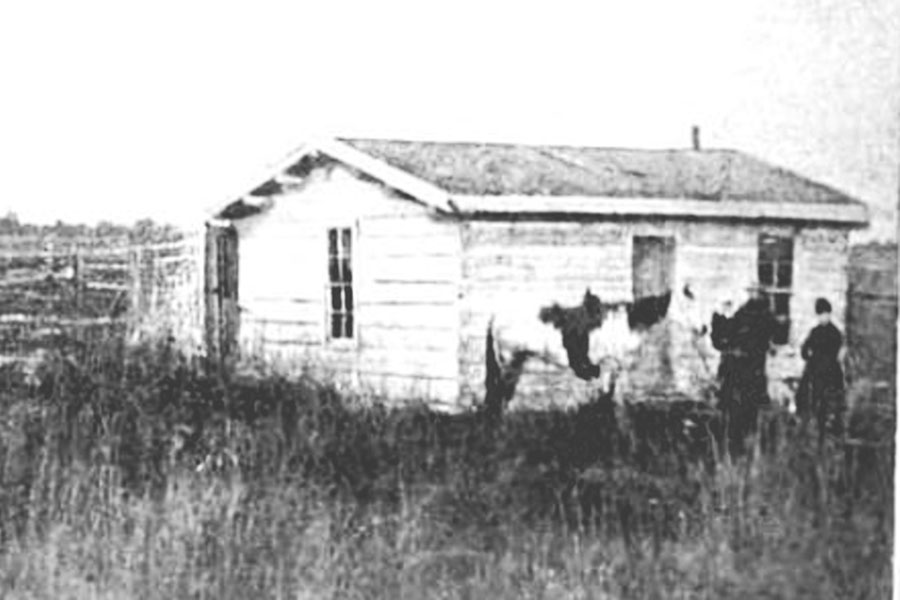Connections to the past make real estate more remarkable (if not genuinely more valuable). In some cases, the history of a place remains well cared for, where it is hardly forsaken – rather, flaunted. Yet other places seem disconnected from the past and almost devoid of any historical significance whatsoever.
Perhaps there is no other place more important – and more forgotten – than the once-was town of Ashley, Montana (now part of Kalispell).
Some reckon the town of Ashley was named after “president” Ashley, as in William H. Ashley, the former president of the Rocky Mountain Fur Company.
Others believe it was the namesake of “governor” Ashley, as in James Mitchell Ashley, the governor of Montana Territory, who was hired and soon fired by President Ulysses S. Grant.
Yet the more accurate origin of the name involves a more ordinary Joe, as in Joe Ashley – a trader who arrived in the Flathead Valley in the 1840s, and for whom Ashley Creek is named.
Thus, some pinpoint Ashley at the place where Meridian Road now crosses over Ashley Creek. Others place it near the roundabout along the U.S. Highway 93 bypass at Foys Lake Road, near the Great Northern Historical Trail. However, Ashley was much bigger, in importance, size and place.
First, the early “Indian trading camps” (which preceded the town) weren’t always in the same spot along the creek. And early travelers didn’t always reckon the same exact spot at “the west of the valley above the lake.” Also, early homesteads were best measured by 160-acre allotments. And figuring there were more than a dozen families around “Ashley” at the time (each with their own 160-acre homestead), Ashley was indeed a broader sense of place.
If you’ve noticed in the mention of the previous facts, Ashley had more than a few chapters in its history book, long before the Great Northern Railway arrived. For example, a few scattered families fled the place during the era of the Blackfoot raids (1850s). It was a place marked on a map from 1870 that showed a “half-breed settlement” where an old “Indian trail” crossed Ashley Creek.
Ashley was also the place where at least one preacher (Rev. George McVey Fisher) pried open the window of schoolhouse to get inside and keep warm while making a missionary sojourn in the 1880s. Incidentally, in December 1887, Reverend Fisher moved into a 280-square-foot log cabin near Ashley, where he, his wife, and daughter lived. The Fishers were contemporaries of “Ol’ Nick Moon” – a pioneer who was known as the first person to plant and irrigate crops in the Flathead.
And during the 1890s, “chinking bees” were about as common as “hangin’ bees” (both having nothing to do with flying insects). It was a time when neighbors survived together, while outlaws, no-gooders, and other garden-variety heathens often died alone.
Yet nowadays, there’s not much spoken about Ashley, and not much left to be seen. Some 150 years ago, Ashley proved how hard it was to reach and settle in the Flathead Valley. Today, what’s left of Ashley proves the difficulty in getting excited about a traffic roundabout, asphalt and drainage culverts.
However, these modern-day markers of the bygone town of Ashley are still surrounded in history and the curiosities of the past. And prove an important lesson to learn from the past when it comes to real estate and modern living: connections to the past can be invaluable — and forsaking history can bear a hefty price.
Jaix Chaix is a columnist and author of Flathead Valley Landmarks and other local history books that are available for sale at the Flathead Beacon at 17 Main St. in Kalispell.
